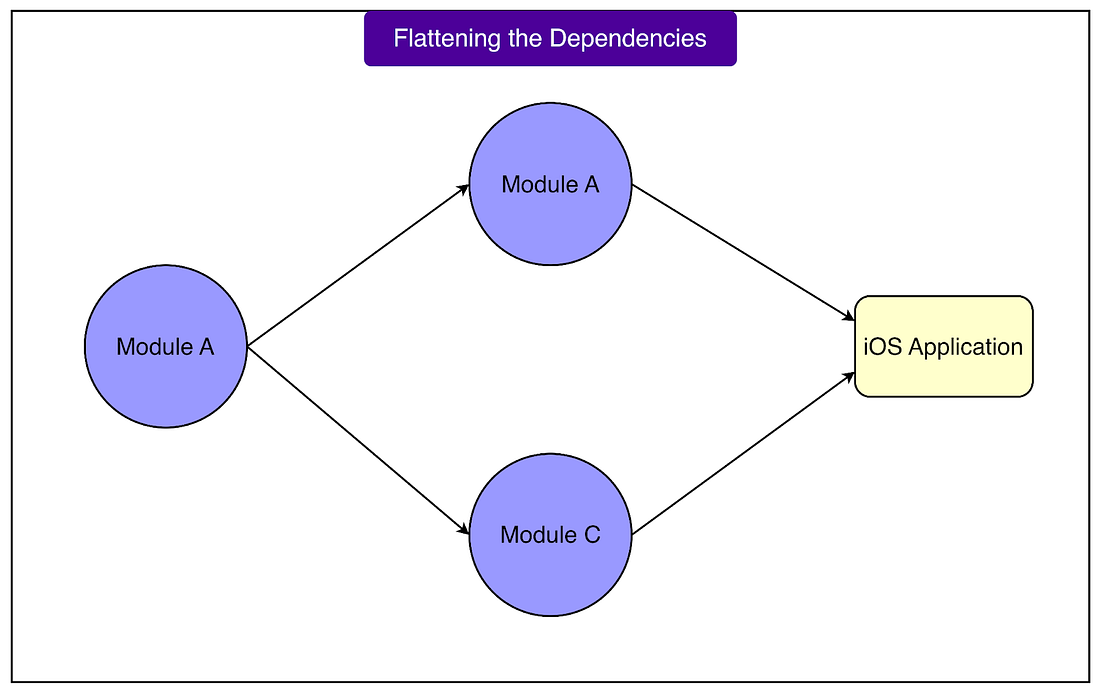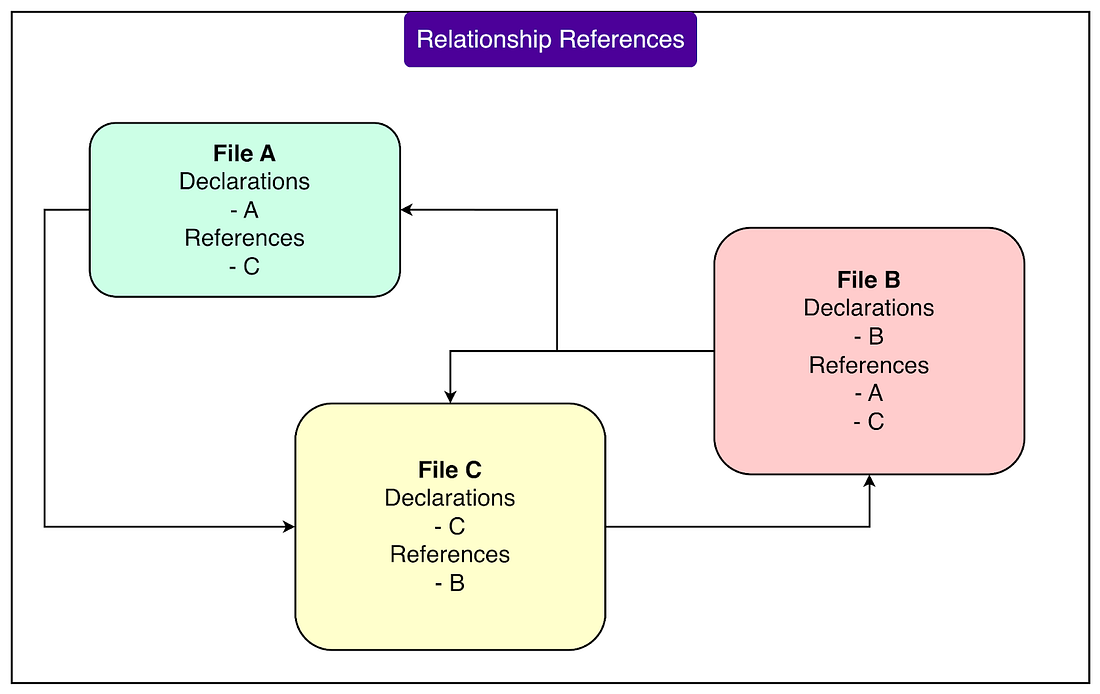|
One major reason AI adoption stalls? Training. (Sponsored)
AI implementation often goes sideways due to unclear goals and a lack of a clear framework. This AI Training Checklist from You.com pinpoints common pitfalls and guides you to build a capable, confident team that can make the most out of your AI investment.
What you’ll get:
Key steps for building a successful AI training program
Guidance on overcoming employee resistance and fostering adoption
A structured worksheet to monitor progress and share across your organization
Set your AI initiatives on the right track.
Disclaimer: The details in this post have been derived from the details shared online by the Tinder Engineering Team. All credit for the technical details goes to the Tinder Engineering Team. The links to the original articles and sources are present in the references section at the end of the post. We’ve attempted to analyze the details and provide our input about them. If you find any inaccuracies or omissions, please leave a comment, and we will do our best to fix them.
Tinder’s iOS app may look simple to its millions of users, but behind that smooth experience lies a complex codebase that must evolve quickly without breaking.
Over time, as Tinder kept adding new features, its iOS codebase turned into a monolith. In other words, it became a single, massive block of code where nearly every component was intertwined with others.
At first, this kind of structure is convenient. Developers can make changes in one place, and everything compiles together. However, as the app grew, the monolith became a bottleneck. Even small code changes required lengthy builds and extensive testing because everything was connected. Ownership boundaries became blurred: when so many teams touched the same code, it was hard to know who was responsible for what. Over time, making progress felt risky because each update could easily break something unexpected.
The root of the problem lies in how iOS applications are built. Ultimately, an iOS app compiles into a single binary artifact, meaning all modules and targets must come together in one final build.
In Tinder’s case, deep inter-dependencies between those targets stretched what engineers call the critical path, which is the longest chain of dependent tasks that determines how long a build takes. Since so many components are dependent on each other, Tinder’s build system could not take full advantage of modern multi-core machines.
See the diagram below:
In simple terms, the system could not build parts of the app in parallel, forcing long waits and limiting developer productivity.
The engineering team’s goal was clear: flatten the build graph. This means simplifying and reorganizing the dependency structure so that more components can compile independently. By shortening the critical path and increasing parallelism, Tinder hoped to dramatically reduce build times and restore agility to its development workflow.
See the diagram below that tries to demonstrate this concept:
In this article, we take a detailed look at how Tinder tackled the challenge of decomposing its monolith and the challenges it faced.
Strategy: Modularizing with Compiler-Driven Planning
After identifying the core issue with the monolith, Tinder needed a methodical way to separate its massive iOS codebase into smaller, more manageable parts. Trying to do this by hand would have been extremely time-consuming and error-prone. Every file in the app was connected to many others, so removing one piece without understanding the full picture could easily break something else.
To avoid this, the Tinder engineering team decided to use the Swift Compiler that already understood how everything in the codebase was connected. Each time an iOS app is built, the compiler analyzes every file, keeping track of which files define certain functions or classes and which other files use them. These relationships are known as declarations and references.
For example, if File A defines a class and File B uses that class, the compiler knows there is a dependency from B to A. In simple terms, the compiler already has a map of how different parts of the app talk to each other. Tinder realized this built-in knowledge could be used as a blueprint for modularization.
By extracting these declarations and reference relationships, the team could build a dependency graph. This is a type of network diagram that visually represents how code files depend on each other. In this graph, each file in the app becomes a node, and each connection or dependency becomes a link (often called an edge). If File A imports something from File B, then a link is drawn from A to B.
This graph gave Tinder a clear and accurate picture of the monolith’s structure. Instead of relying on guesswork, they could now see which parts of the code were tightly coupled and which could safely be separated into independent modules.
Execution: Phased Leaf-to-Root Extraction
After building the dependency graph, Tinder needed a way to separate the monolith without breaking the app. The graph made it clear which files were independent and which were deeply connected to others.
To make progr



